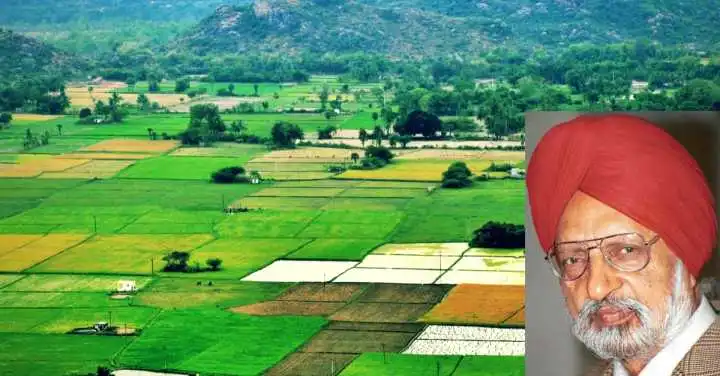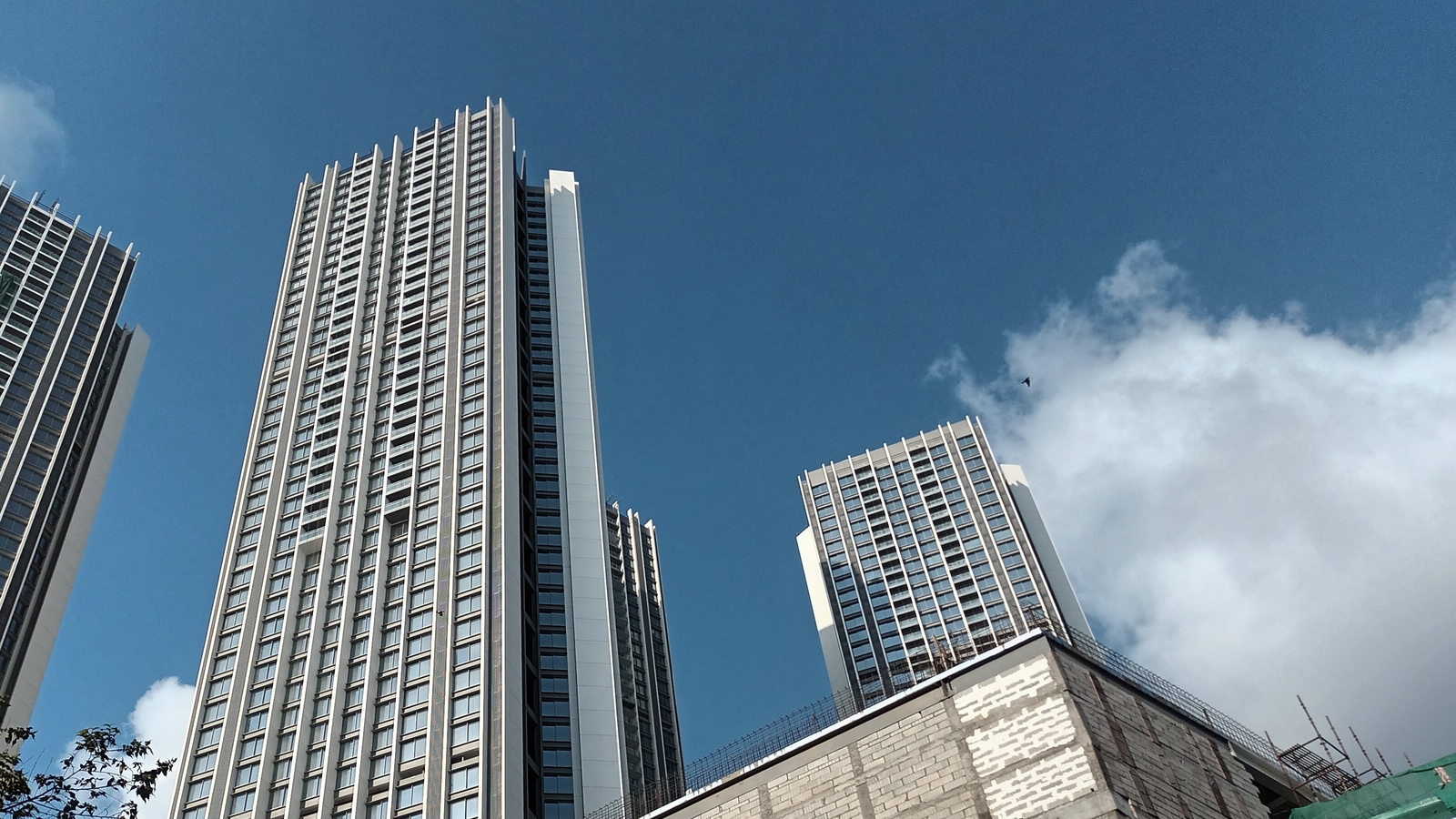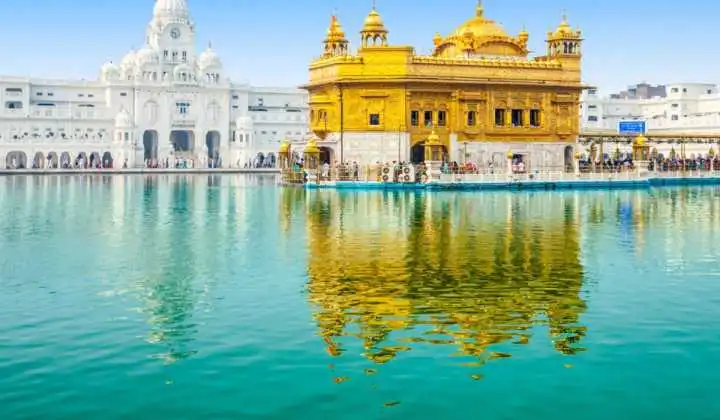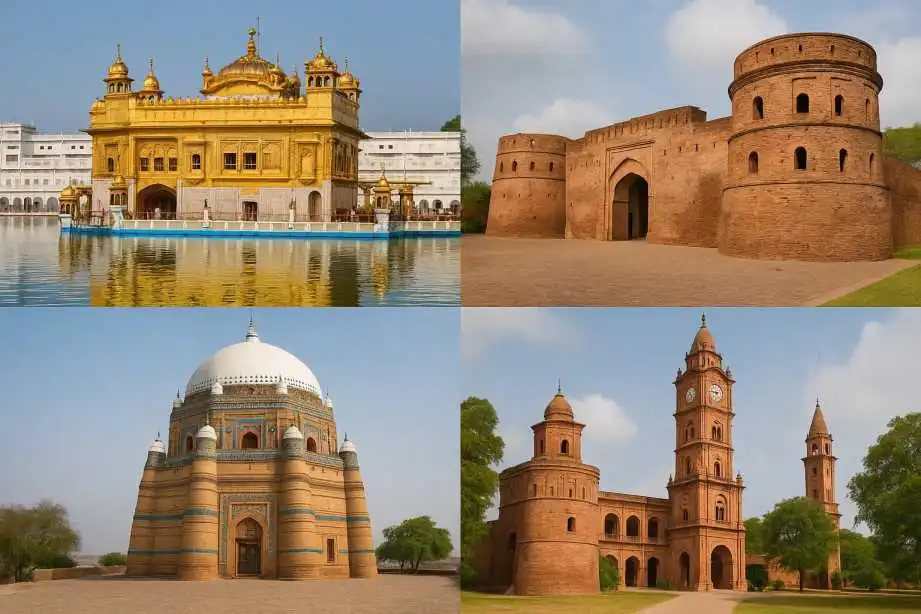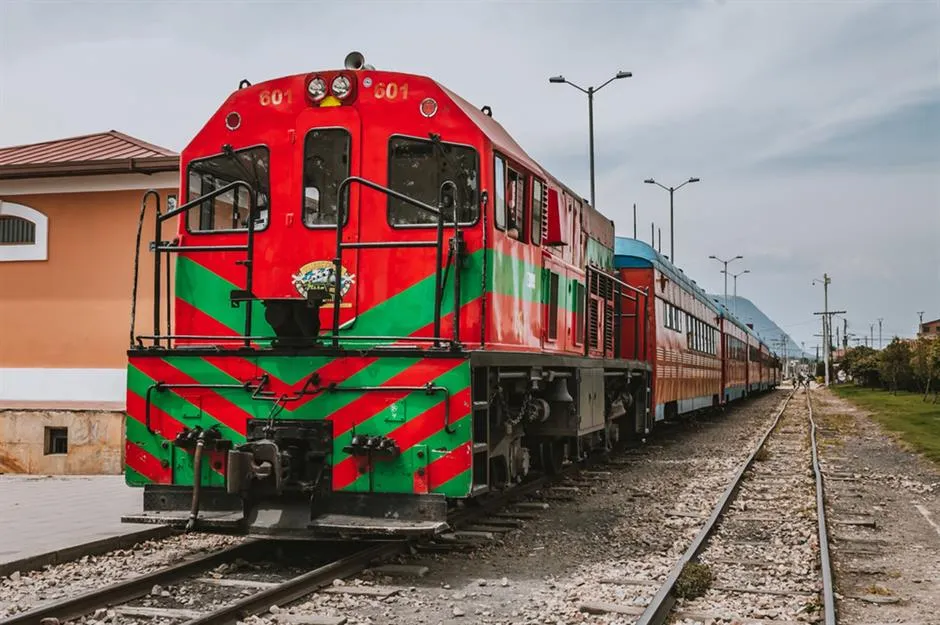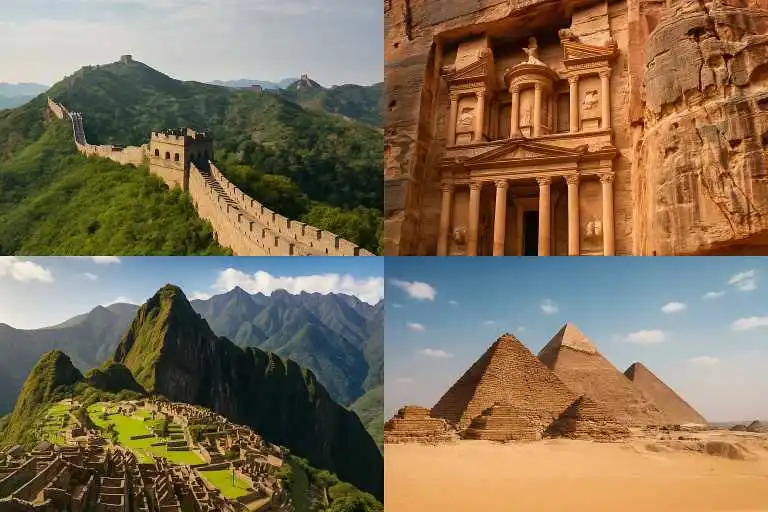Punjab, which came from the Persian words ‘panj’ (five) and ‘aab’ (water), meaning“the land of five rivers”. These rivers—Jhelum, Chenab, Ravi, Beas, and Sutlej—have nourished the land for centuries, shaping its culture, politics, and society.
Located in the northwestern part of the Indian subcontinent, Punjab holds a unique place in Indian history as both a cradle of ancient civilizations and a frontline in modern geopolitical conflicts. The journey of Punjab from a flourishing ancient region to its current political form is a tale of resilience, diversity, and cultural richness.
1. Ancient and Medieval Punjab
The history of Punjab dates back to the Indus Valley Civilization (circa 2600–1900 BCE), with key sites like Harappa situated in what is now Pakistani Punjab. This region was developed with urban planning, agriculture, and trade. Later, during the Vedic period, Punjab was referred to as Sapta Sindhu—the land of seven rivers—and was central to the development of early Hindu culture.
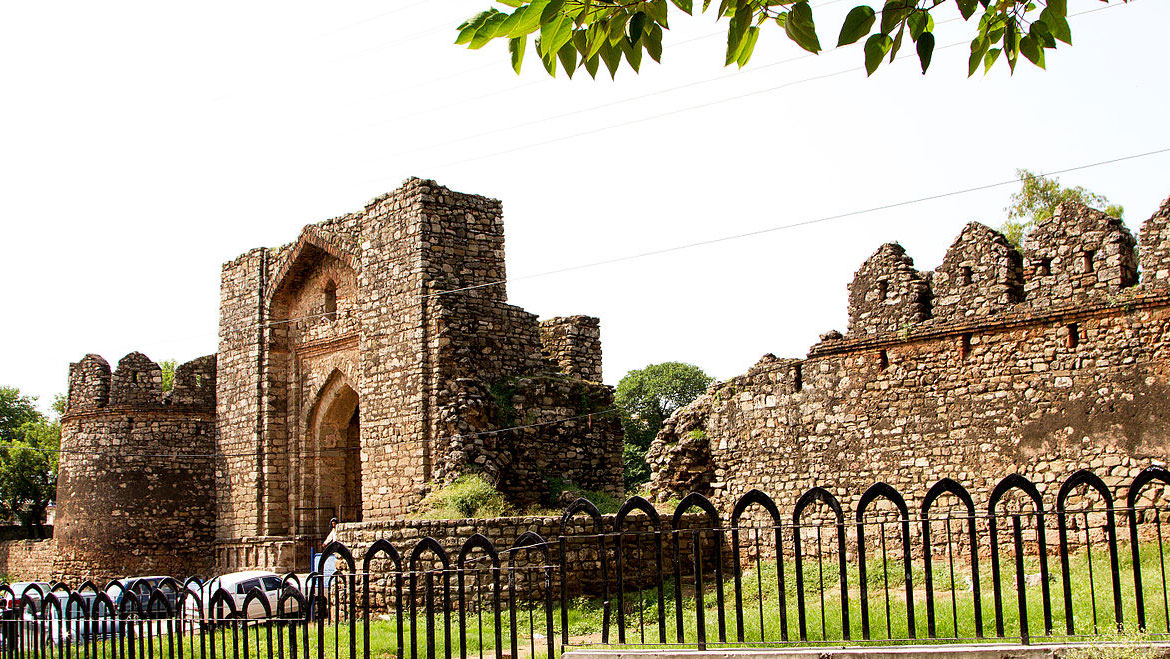
Punjab witnessed numerous invasions due to its strategic location. From the Aryans and Persians to Alexander the Great, who crossed the Indus in 326 BCE, many foreign powers stepped onto its soil. It later became a part of the Mauryan Empire under Chandragupta Maurya, and then the Kushan and Gupta Empires. The region saw significant growth in Buddhism and Jainism during these times.
In the medieval period, Punjab became a battleground between local Rajput kings and foreign invaders like Mahmud of Ghazni and Muhammad Ghori. From the 12th to 16th centuries, it was ruled by various Islamic dynasties, culminating in the rule of the Mughals, who left a deep cultural impact on the region through architecture, language, and governance.
2. The Sikh Empire
Punjab’s most defining historical contribution came with the rise of Sikhism in the 15th century. Guru Nanak Dev Ji, born in 1469 in Talwandi (now Nankana Sahib, Pakistan), founded Sikhism, preaching equality, service, and devotion to one God. His teachings and those of the nine succeeding Gurus shaped a new religious and social order in Punjab.
During the 18th century, amidst declining Mughal control and growing persecution, the Sikh community militarized itself under leaders like Banda Singh Bahadur. This gave rise to Sikh Misls, confederacies that controlled parts of Punjab.
The unification of these Misls led to the formation of the Sikh Empire under Maharaja Ranjit Singh in the early 19th century. His rule (1799–1839) is remembered for religious tolerance, a strong military, and administrative efficiency. His empire stretched from the Khyber Pass to the Sutlej River and was the last major independent kingdom in India before the British annexation.
3. British Rule and the Freedom Struggle
After Ranjit Singh’s death, the empire weakened, and by 1849, Punjab was annexed by the British East India Company following the Anglo-Sikh Wars. British Punjab became a significant province due to its agricultural wealth and military recruitment potential. The canal colonies were developed, increasing agricultural output and economic value.
However, colonial rule also sowed communal tensions and economic disparities. Punjab played a significant role in India's freedom movement.
Events like the Jallianwala Bagh massacre in 1919, where British troops killed hundreds of peaceful protesters in Amritsar, became turning points in the struggle for independence. Many Punjabi revolutionaries, including Bhagat Singh, Udham Singh, and Lala Lajpat Rai, rose to national prominence for their sacrifices.
4. Partition and Its Aftermath
The most traumatic chapter in Punjab’s history came with the Partition of India in 1947. The province was split between India and Pakistan, leading to one of the largest mass migrations in history.
Communal riots claimed hundreds of thousands of lives, and millions were displaced. Cities like Lahore became part of Pakistan, while Amritsar remained in India. The division not only scarred families but also deeply affected the cultural fabric of the region.
In independent India, Indian Punjab initially included the present-day states of Haryana, Himachal Pradesh, and the union territory of Chandigarh. Over time, rising demands for linguistic and cultural recognition led to the Punjab Reorganisation Act, 1966, which carved Punjab into:
- Punjab (Punjabi-speaking region)
- Haryana (Hindi-speaking region)
- Himachal Pradesh (hill areas)
- Chandigarh was made a union territory and remains the shared capital of both Punjab and Haryana.
5. Contemporary Punjab: Challenges and Identity
Post-reorganisation, Punjab focused heavily on agriculture. The Green Revolution transformed it into India’s breadbasket, particularly for wheat and rice production. However, overreliance on farming led to ecological.
stress—groundwater depletion, pesticide use, and stubble burning remain major issues. The 1980s were marked by the Khalistan Movement, a separatist demand for a Sikh homeland, which led to significant violence and state action like Operation Blue Star in 1984. The assassination of Prime Minister Indira Gandhi by her Sikh bodyguards further triggered anti-Sikh riots.
Today, Punjab is a vibrant state, known for its rich music, dance (like Bhangra), cuisine, and diaspora spread across the globe. Yet, it also grapples with youth unemployment, drug addiction, and political volatility. Despite challenges, Punjab’s identity remains rooted in resilience, communal harmony, and a proud historical legacy.


